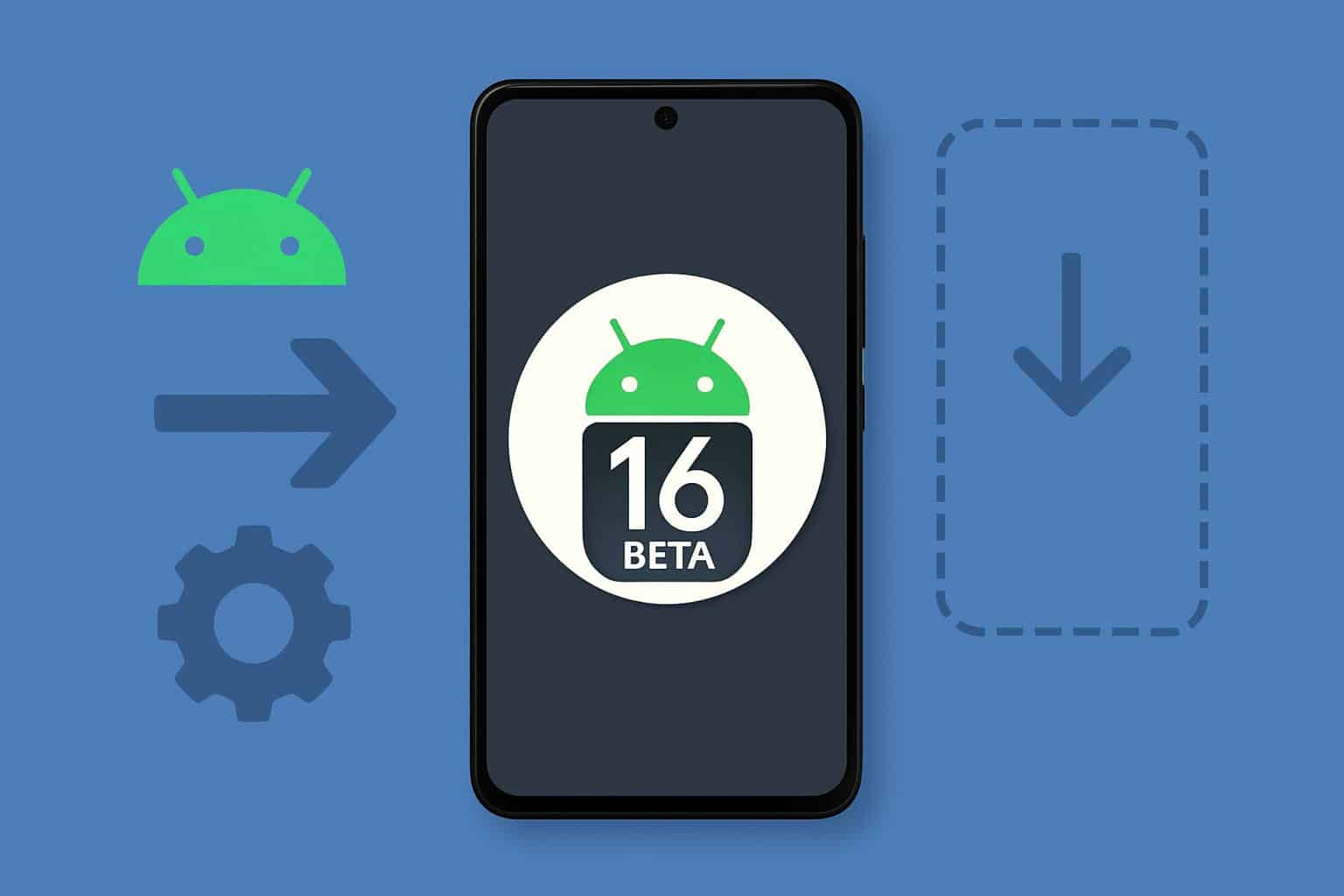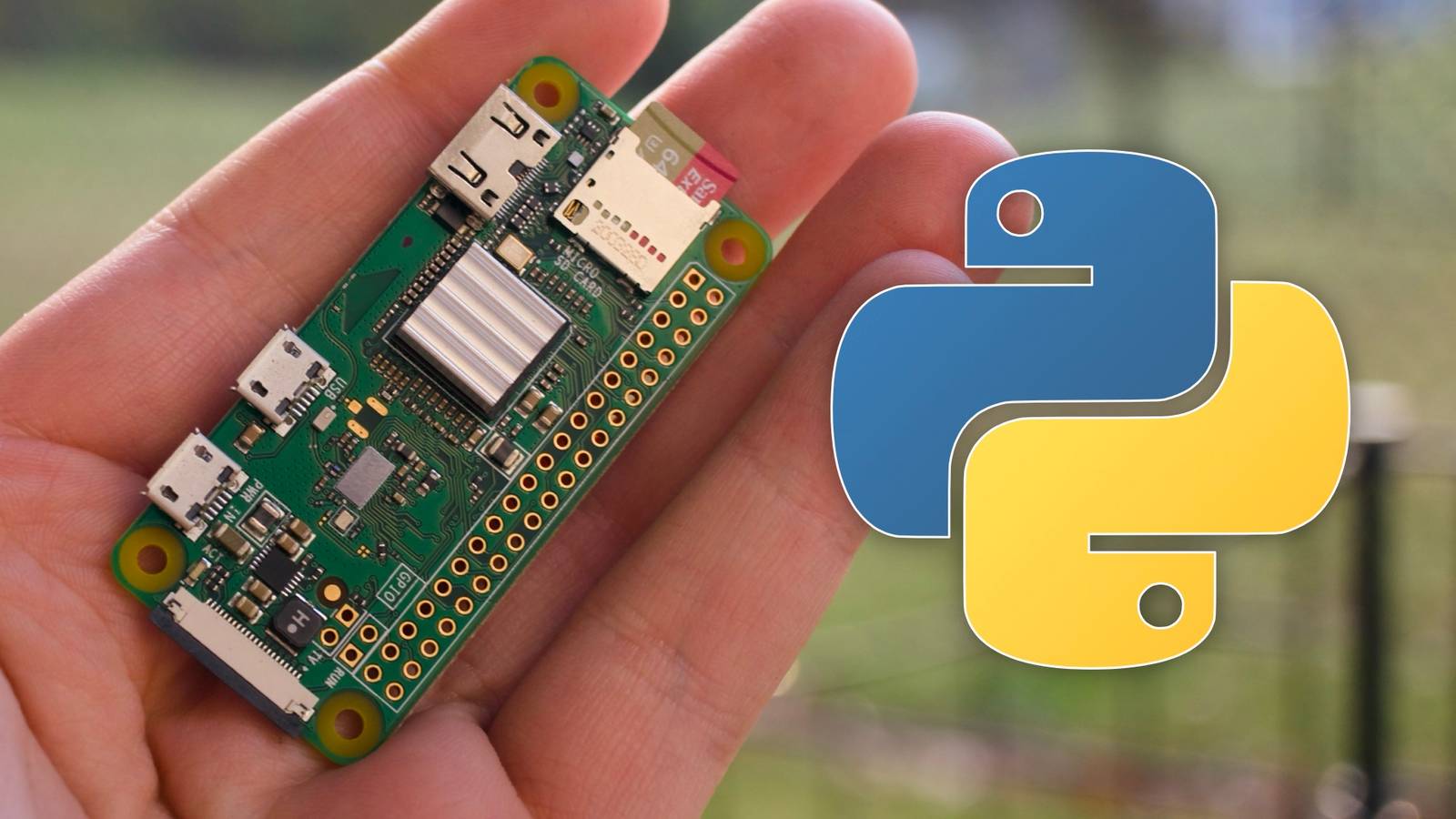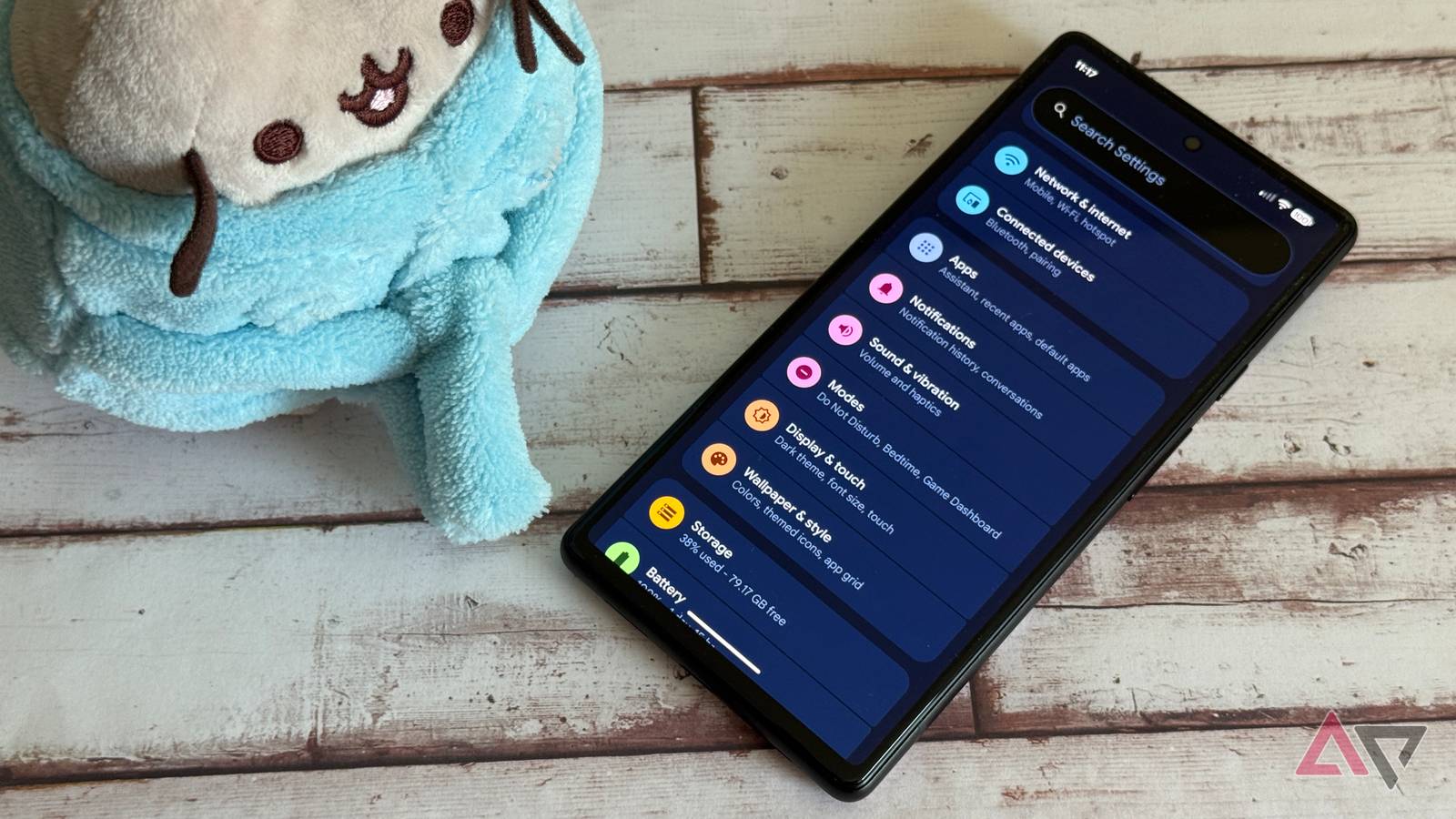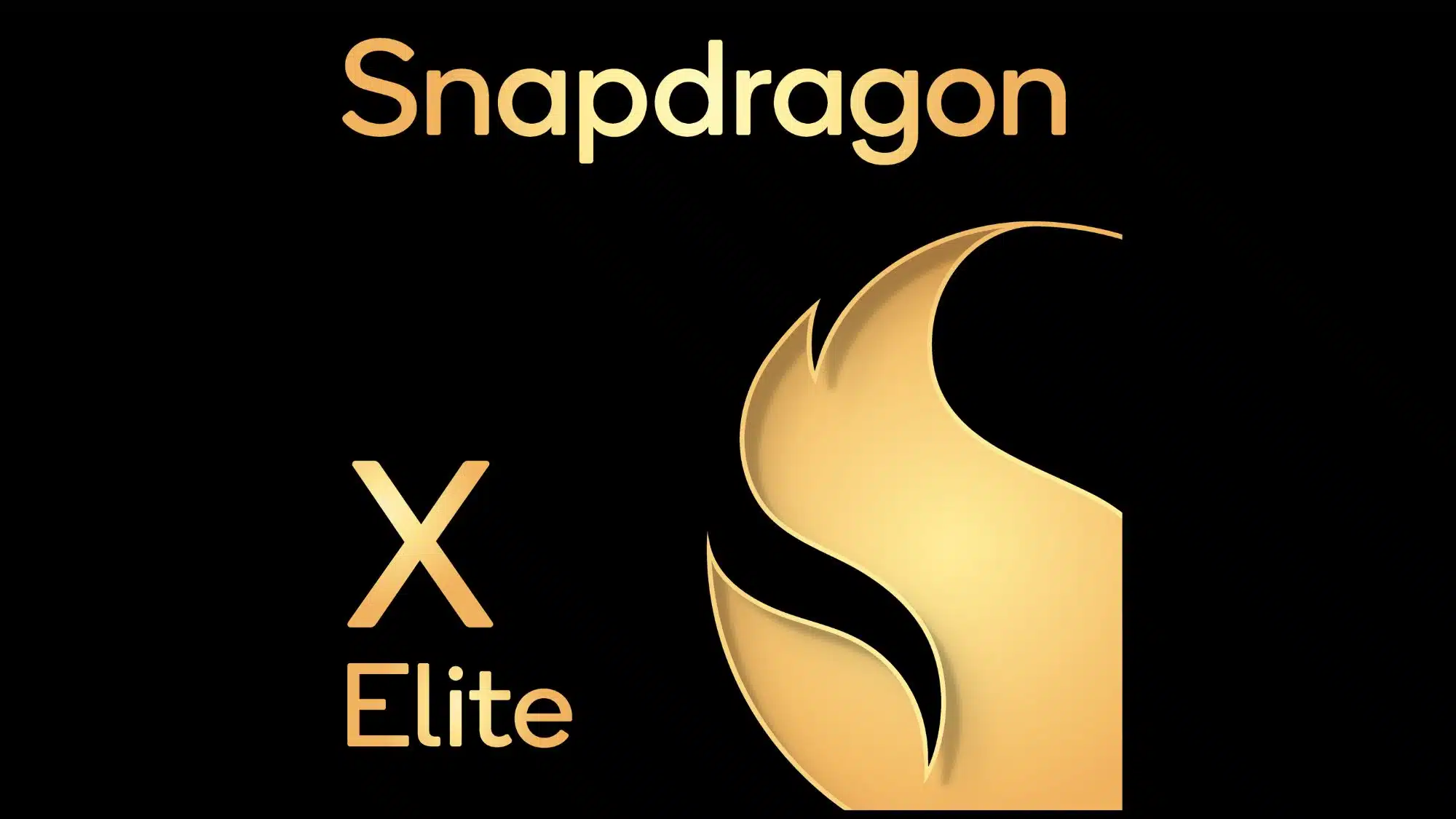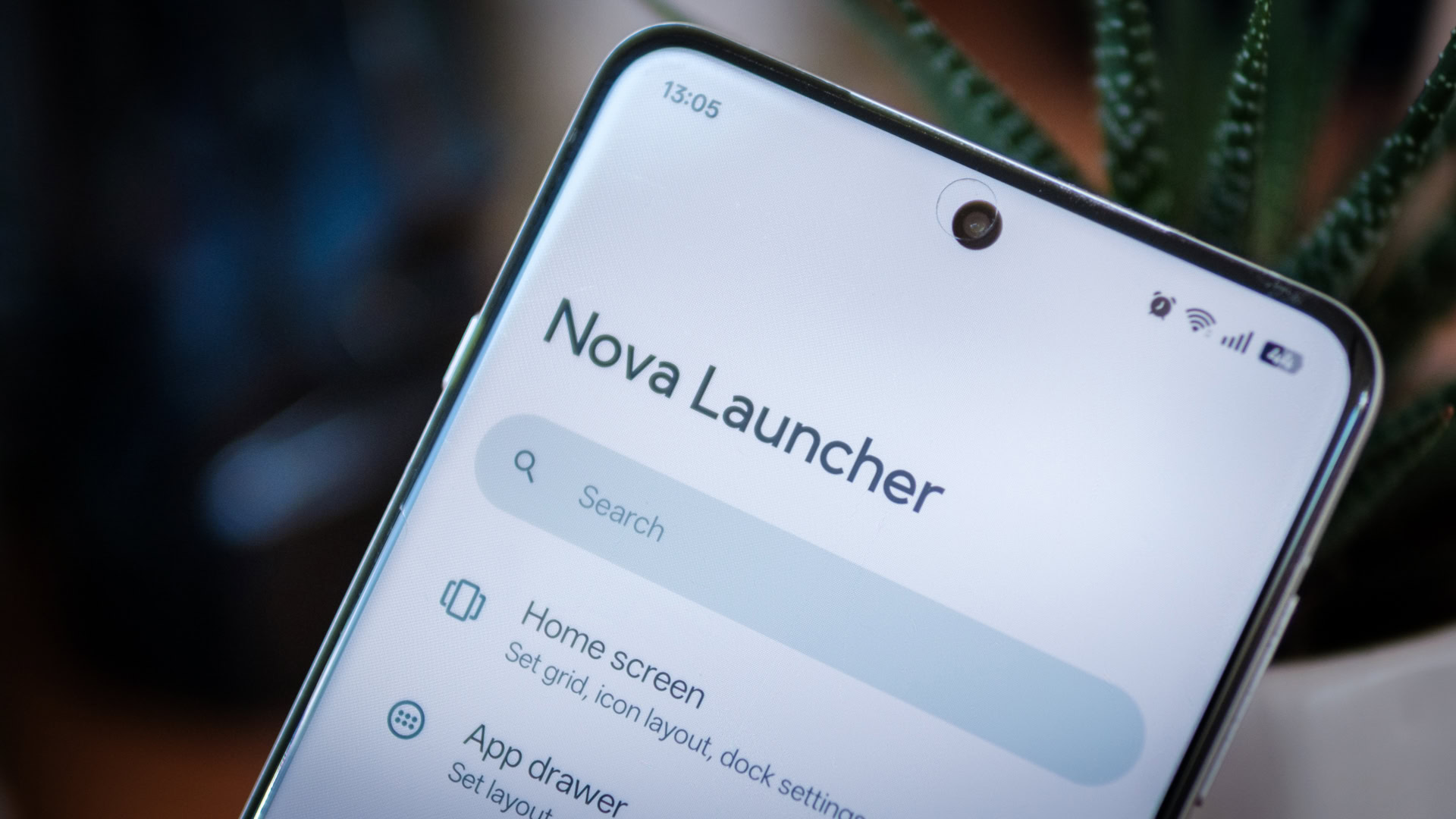The Android platform’s latest quarterly beta briefly appeared for eligible Pixel phones, then stopped showing, and many testers are now seeing an “up to date” message instead. Several droids have mentioned a potential SystemUI crash that causes bootloops when using desktop mode, which Google appears to have stopped for now with Android 16 QPR2 Beta 3.
What Pixel Beta users see during the rollout
Pixel owners participating in the beta program reported Friday that they were able to receive QPR2 Beta 3 as an over-the-air update, although it disappeared a few hours later. Community threads are full of other users who tried the update in the morning, intending to install it later, only to see the option disappear in the afternoon. This sudden change tends to point to a server-side downtime rather than a device-side problem.
This behavior is consistent with Google’s typical gradual rollout strategy. OTAs are usually rolled out in stages and can be limited or even removed altogether if a spectacular bug is discovered. In this case, the devices will simply report that they are up to date even if the new version had already been offered.
Most likely: a broken desktop mode
Android analysts and testers are focusing on one potential culprit: enabling desktop mode in Developer Options. With this flag set, SystemUI can repeatedly crash after flashing QPR2 Beta 3 so many times that it creates a bootloop-like condition in which the interface becomes too unstable to remain stable. Several Reddit posts and entries in Google’s issue tracker converge on this pattern.
The setting appears under Settings > System > Developer Options as “Enable desktop experience features.” And disabling it has been a reliable solution for those who have not yet installed beta 3. For those who have updated and can access the UI temporarily, disabling the toggle on the fly can prevent the device from crashing in a loop.
Desktop mode in Android has undergone intensive development over the past few releases, and it’s not uncommon to see regressions appear in pre-release versions. And since SystemUI controls the status bar, notifications, and basic navigation, a crash of this code can render Android effectively unusable.
Why Google is stopping OTAs during a staged rollout
Pausing an update while it is being released is a safety valve. Google has routinely used server-side checks to halt deliveries in the event of a serious bug, then restart delivery with a patch or modified version. This method is faster and less invasive than the above strategy of performing device-by-device reminders of an OTA prompt.
There is precedent. Google previously suspended a Pixel system update due to connectivity issues on the Pixel 6 series, then resumed with a patched version. Beta trains are also subject to similar interventions, as they can incorporate more experimental features and carry a higher risk of regressions in extreme cases.
What Pixel Testers Should Do Now to Avoid Problems
- If you haven’t received Android 16 QPR2 Beta 3 yet, watch for Google to release a patched version. Do not enter desktop mode until a fix is delivered.
- If you saw the update earlier and then it disappeared, this behavior is consistent with a temporary shutdown.
- If you already have Beta 3 installed and your phone is working fine, turn off “Enable Desktop Experience Features” immediately.
- If you find yourself in a crash loop, try booting into recovery mode and clearing the cache, or loading an earlier beta or the next patched version when available. Advanced users can use ADB from Recovery to reset developer flags, but this is for those familiar with command line utilities.
As with all pre-release software, make a backup before changing channels or downloading beta versions. Testers in the beta program help catch issues as early as possible, but that means taking the risk of running into spectacular bugs like this.
Overview: QPR cadence and overall stability
QPRs are the releases that support Pixel feature drops and monthly patches (usually the last release candidate before a full upgrade). This temporary hold now indicates that the re-release is likely high trust, perhaps a minor update involving some sort of SystemUI/desktop mode interaction.
Pushing the desktop experience remains a long-term goal for Android, but the focus has shifted from hidden developer flags to smoother windowing and external display support. This class of system-level changes affects frameworks, launchers, and UI surfaces, all of which lead to a higher beta regression rate.
For testers, the best strategy is patience and vigilance. Monitor the system update page, look for notes on Google’s issue tracker, and stay away from desktop mode until you run a new build. Look for a quick re-release once the bug is confirmed and fixed.






